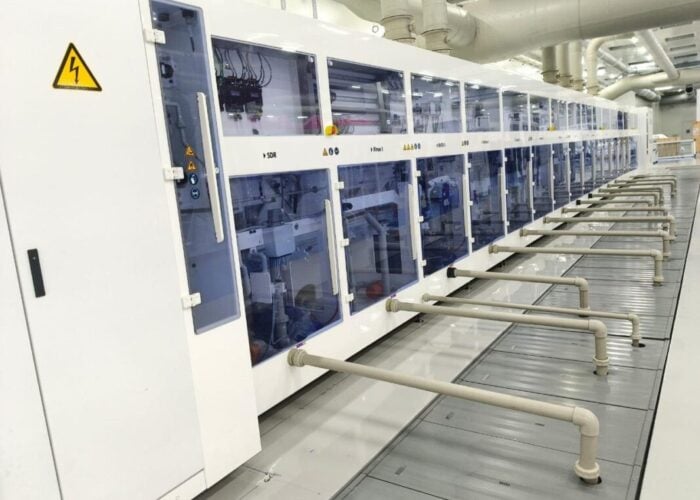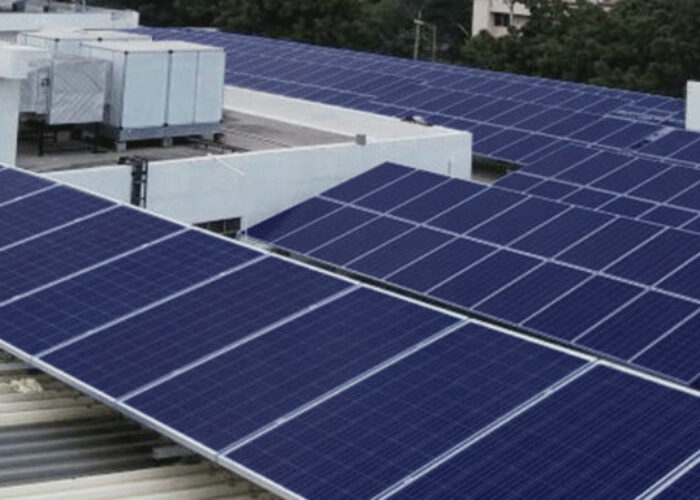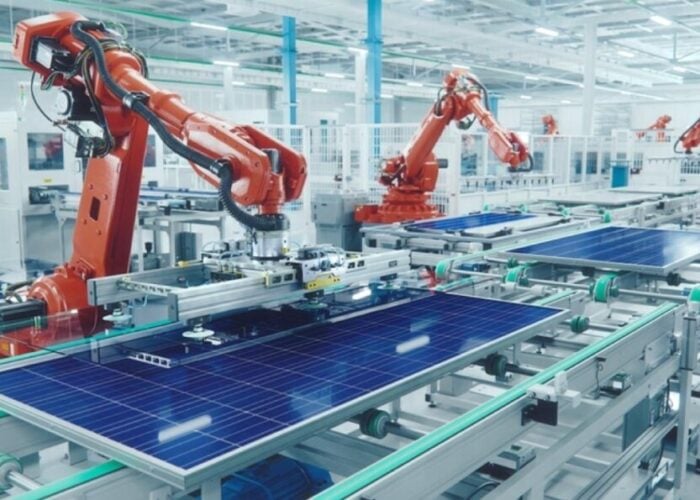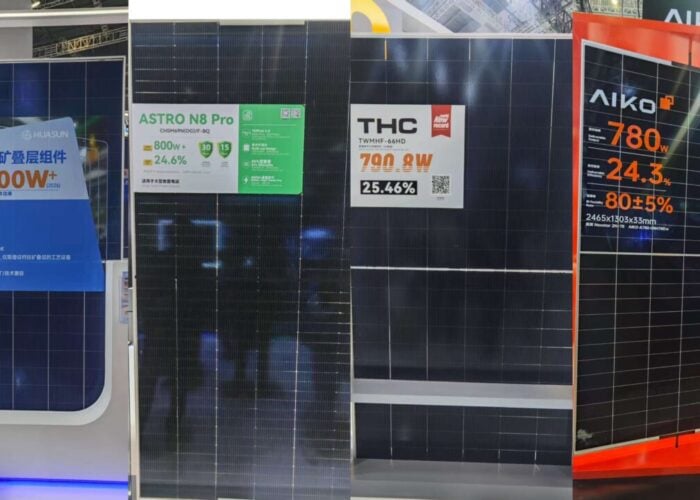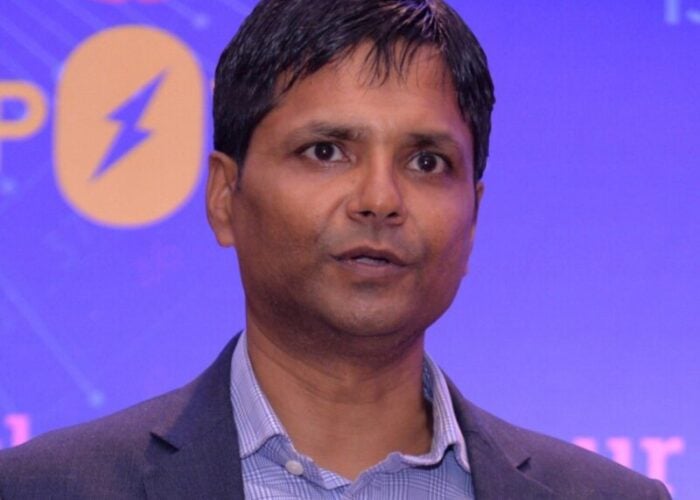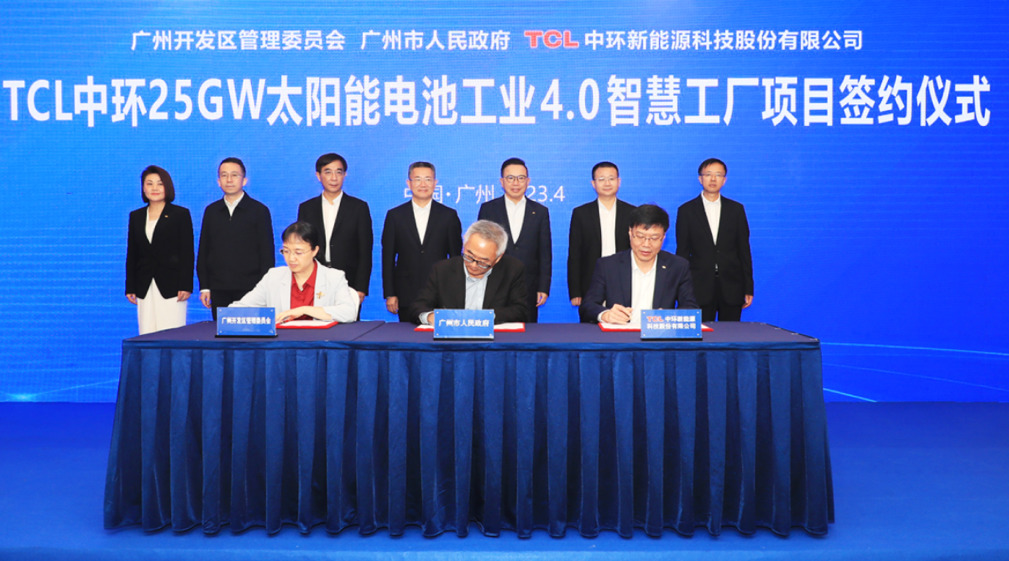
Tianjin-headquartered Chinese manufacturer TCL Zhonghuan has made a series of announcements recently, including investing in a 25GW N-type TOPCon ( tunnel oxide passivated contact) project, initiating a share buyback and releasing its operating data in the first quarter of the year, which reflected its new direction in the industry and confidence in high quality development.
With the solar industry booming and project locations extending to new markets around the world, large-scale investments in silicon material and wafer production, as well as the emergence of TOPCon and other cell technologies, spurred industry leaders such as TCL Zhonghuan to seek new growth opportunities.
Unlock unlimited access for 12 whole months of distinctive global analysis
Photovoltaics International is now included.
- Regular insight and analysis of the industry’s biggest developments
- In-depth interviews with the industry’s leading figures
- Unlimited digital access to the PV Tech Power journal catalogue
- Unlimited digital access to the Photovoltaics International journal catalogue
- Access to more than 1,000 technical papers
- Discounts on Solar Media’s portfolio of events, in-person and virtual
In early April, the company announced plans to issue RMB13.8 billion (US$2 billion) in convertible bonds to finance two Industry 4.0 based smart factory projects, including the first one to produce 35GW of high purity ultra-thin monocrystalline silicon wafers, and another one to manufacture 25GW of N-type high-efficiency TOPCon solar cells.
PV Tech understood that, in addition to the wafer capacity expansion, the company planned to venture into cell production.
Since the beginning of the year, the increase in momentum driving the development of PV technology has been extremely rapid, and N-type capacity has continued to expand in line with the growth in maturity of technologies like TOPCon. In response to this, TCL Zhonghuan entered the cell market and introduced differentiated N-type G12 TOPCon cell technology into its projects.
In terms of the next steps, the company stated that its cell project would commence production during Q1 2024 and intended to fully exploit its large silicon wafer and shingled module advantages, further consolidating its ‘G12+ shingled’ dual-platform development path and enhancing synergies between upstream and downstream sectors.
The recent completion of the first share buyback, during which the company re-purchased some 14.38 million shares (0.44% of the total share capital as of 31 December 2022), realised a total transaction amount of some RMB7 billion, with the re-purchased shares to be used entirely for employee stock ownership plans and equity incentives.
The buyback underlined TCL Zhonghuan’s confidence in its growth and commitment to safeguarding the company’s investment value.
The company focused on the emerging monocrystalline silicon sector with a vision of vertical integration and expansion. Throughout its history, it has assumed leadership in silicon usage, technological processes, production efficiency and high-quality crucible supply. Today, it showcased results in terms of both products and costs.
The company’s G12 technology platform comprehensively integrates Industry 4.0 concepts, resulting in leading indicators in areas such as silicon consumption rates and cost advantages. Furthermore, as the industry prefers larger sizes, N-type, and thinner wafers now, TCL Zhonghuan has ramped up its capabilities in mono wafer and high-efficiency N-type mono silicon wafer manufacturing and shipments.
In Q1 2023, the restricted supply of upstream raw materials in the global PV market gradually eased and installed capacity improved amidst fluctuations. However, the silicon wafer sector experienced structural tension, with high-quality products such as 210 larger-size wafers in short supply.
Thanks to the improving market conditions, TCL Zhonghuan is expecting strong performance in Q1 2023 with operating revenue of about RMB17-18 billion, a year-on-year increase of 27%-35%. The net profit attributable to the parent company is forecast between RMB2.2 and 2.4 billion, a year-on-year increase of 68%-83%.
In terms of product shipments, silicon wafer shipments are forecast between 23GW and 24GW, with market share and profitability expected to increase further. In March, the company launched ultra-thin N-type silicon wafers with a thickness of 110μm, which were priced lower than updated P-type silicon wafers during the same period, reducing costs and enhancing profit potential.
The Q1 2023 report suggested that the company boasted a competitive edge in technology and cost but also performed well in supply chain control and market pricing power, laying a solid foundation for its products to maintain a steady increase in both volume and profit.

